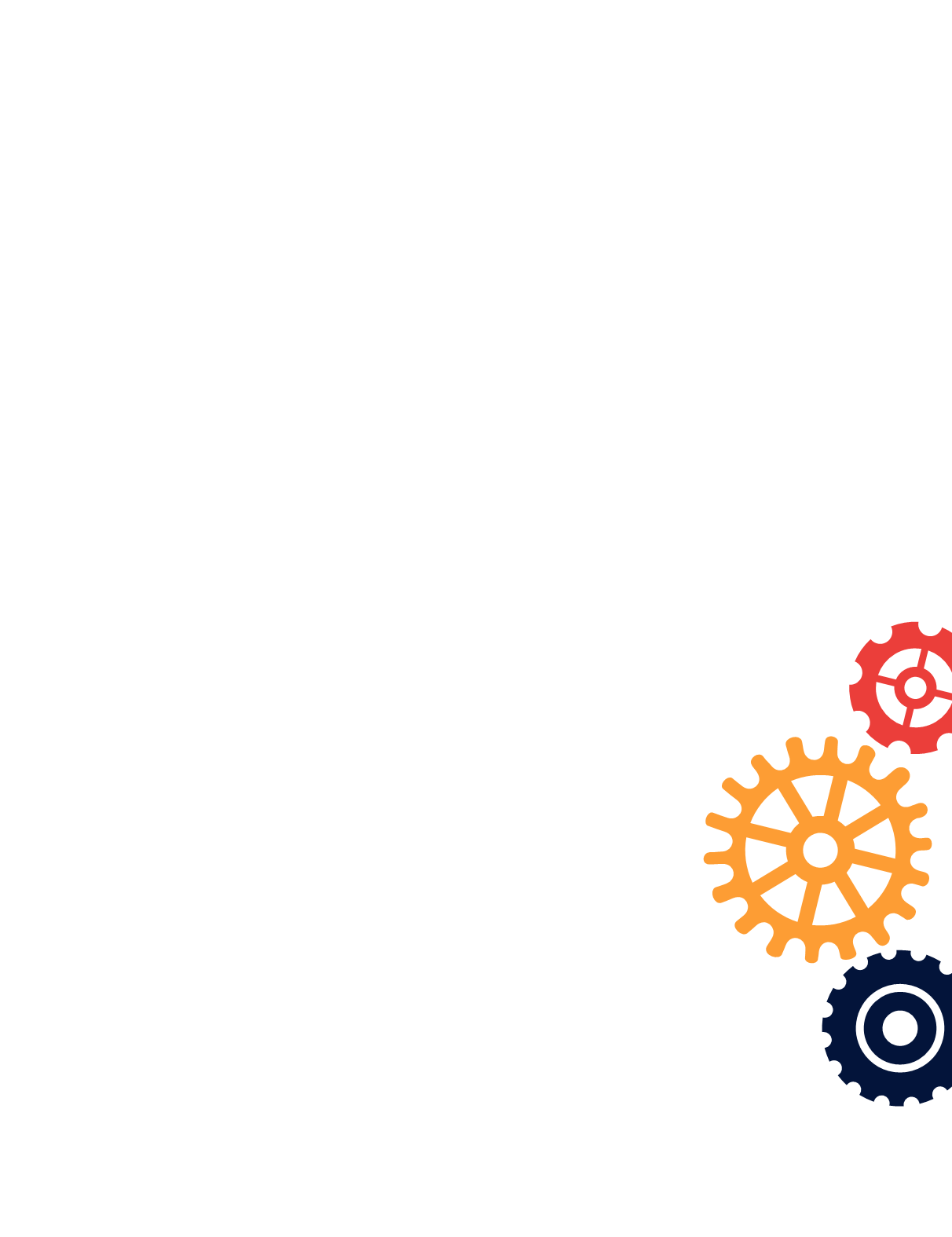
27
THE SCIENCE OF LEARNING
Brain science has been shaping SPS curriculum since
the 1970s. One of Eighth Rector Bill Oates’s largest
influences was educational psychologist and researcher
William Perry, whose theory on knowledge and the cog-
nitive process continues to be a primary reference point
for studies in the field of student development. In fact,
setting aside broader themes such as awareness and
everlasting knowledge, on which the School was founded,
its history is full of examples reflecting an attitude
consistent with SCL.
“What’s new,” explains Rettew, “is the research and
understanding of the adolescent brain. We now have
scientific evidence of what works – and we’re willing
to challenge the presuppositions of the past that don’t.”
Everything down to the physical location of SCL oper-
ations on campus reflects this attitude. The new Center
for Innovative Teaching is housed in a renovated sec-
tion on the lower level of Ohrstrom Library, rather
than in a new building. “We have incredible facilities
that we can repurpose,” Hirschfeld says. “The library
– as many libraries are in this age of technology – is
becoming less of an information resource and more
of a social, collaborative space.”
Founded on the belief that programming is an
essential process of creating and sustaining a culture
propelled by SCL, the center will be a sort of boot camp
for both teachers and students. For faculty, it will serve
as a laboratory for ongoing professional development
and learning. “The goal is to deepen our understanding
of adolescents generally as well as figuring out how
their brains work, how their minds function, and how
they operate as social, emotional beings,” Hirschfeld
says. “It’s a wonderful coincidence that the center will
reenergize a library space, maybe returning it to its
greater academic purpose. We’ve lost some scholarly
energy to the Internet.”
LETTING STUDENTS SET
THEIR OWN PACE
“We have to regularly ask ourselves three questions,”
Smith says, ‘Who are these students? What do they
know? How do I know what they know?’”
Answering the first two is relatively easy – the house
they live in, what sports they play, the calculus class they
took last term – but the third is nearly impossible, barring
the discovery of a
Being John Malkovich
-esque portal
into their minds. “If I just go in and talk to them,” Smith
continues, “we’re going to leave the classroom with far
different interpretations of what just happened.”
In the current model, the onus is on the teacher
instead of the student, and the goal is understanding,
not familiarity. “We used to joke that the information
of the teacher passes from his or her mouth into the
notebooks of the students, without passing through
the brains of either one,” Rettew quips.
A classroom featuring SCL can look “chaotic to an
outsider,” admits Julie Cepiel, an SPS biology teacher.
“There are a lot of voices, a lot of things happening
simultaneously.” For most of her 13-year tenure as a
teacher, Cepiel lectured with PowerPoints and gave
exams. Now, the information she used to present in
lectures is delivered via multimedia presentations,
a cloud-based “prezi,” which her students watch at
home. Each one revolves around three or four distinct
takeaways for her students, who take notes and answer
questions within the prezi. “Learn a little, read a little,
and so on,” Cepiel explains.
During in-person class time, Cepiel gives students
different opportunities to show what they’ve learned
the night before, while moving around the room. “My
goal is to talk to everybody individually at least once
during the block,” Cepiel says. In the beginning of every
class, students are required to write down what they
hope to accomplish during those 50 minutes of learn-
ing. At the end, they return to the list, enabling them
(and Cepiel) to pinpoint what they’ve achieved that day
– and what work must be done to prepare for the next
class. This allows students to set their own pace. An
online portal with a calendar denotes where Cepiel
believes students should be, but it’s intended as a guide,
not scripture.
“If they have a ton of humanities work that week, they
can focus on that and learn my stuff when they have
more time,” Cepiel says. A big departure from
traditional methods is that, under Cepiel’s
model, she doesn’t tell them when to take
quizzes; the calendar indicates suggested
dates for exams, but they are flexible.
Though there are outliers – those who
fall behind or jump way ahead – Cepiel
has found that most students tend to stay
within a day or two of what she’s recom-
mended. Further, because of the one-on-one
interaction SCL allows, Cepiel knows the pro-
gress of every student in the room and it informs
her teaching.
“I can tailor the speed of learning to every student to
maximize their progress,” she says.
One notable innovation particular to SCL science
instruction is that students design their own labs.
In traditional models, the teacher presented a single
step-by-step experiment intended to illustrate the
lesson at hand, which students would then carry out.


